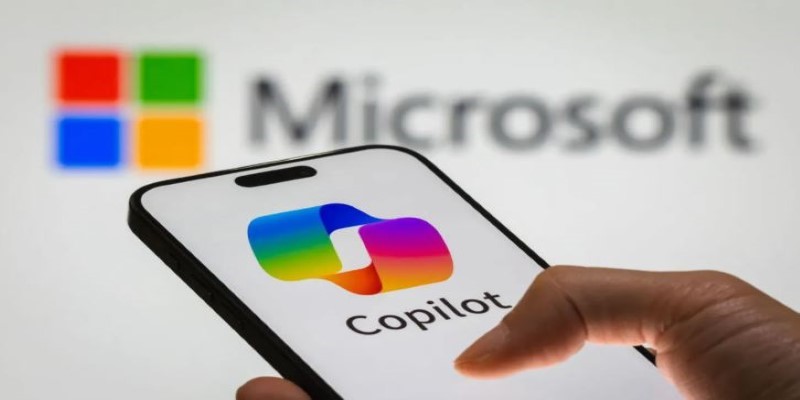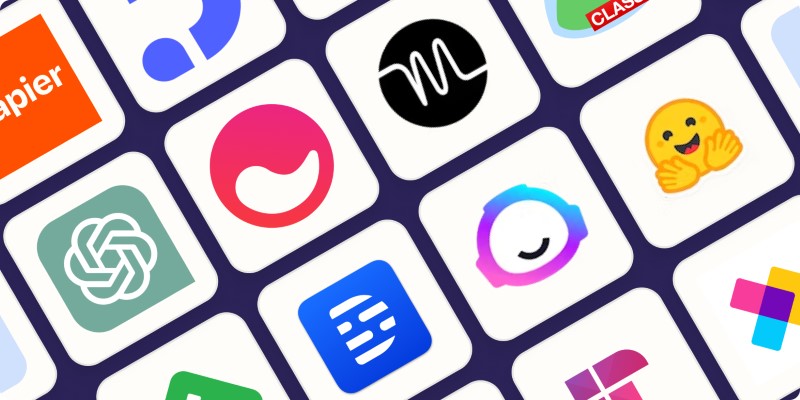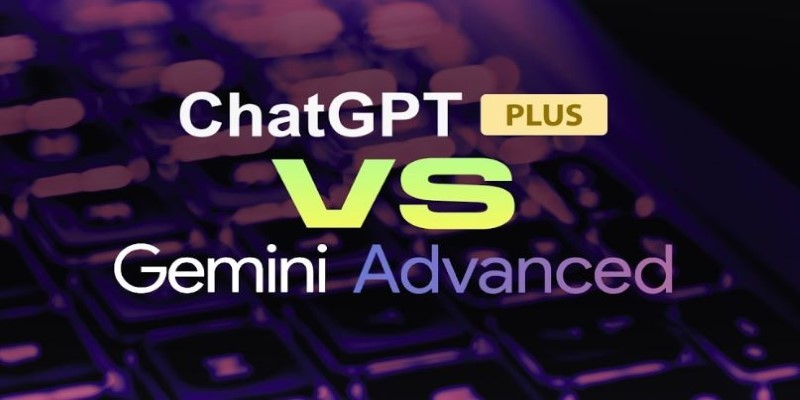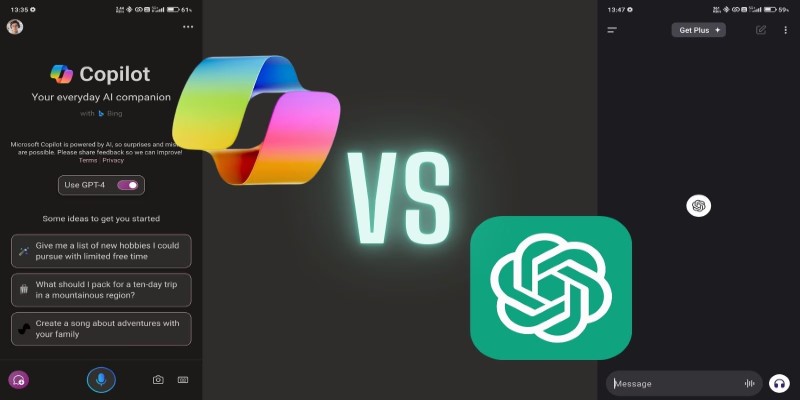Advertisement
Artificial intelligence has come a long way in recent years. What started as simple chatbots has now evolved into intelligent systems that can think, learn, and even write. One of the most exciting developments from OpenAI is its new creative model, which is getting attention for a very special reason—it’s great at writing and storytelling.
This new AI feels like a skilled writing assistant, whether it's writing an emotional story, a clear blog post, or even poems. It will be talked about in this post how this model works, what makes it unique, and how it's already changing the way people write every day.
OpenAI’s new creative model has been widely praised for one main reason—it truly excels at writing. But what does that actually mean? To say it’s “good at writing” isn’t just about correct grammar or smooth sentences. It’s about the model’s ability to understand how writing works, what makes it meaningful, and how to turn a few simple prompts into content that feels both personal and polished.
The model doesn't just mouth words. It comes up with new ideas, links them together, and writes in a way that sounds natural and human. The model has a great understanding of how language is used to connect and interact, whether it's to tell a story, explain an idea, or capture a mood.
One of the biggest reasons it excels is its understanding of writing flow. The text it produces isn’t just correct—it feels right. It follows a logical sequence, transitions smoothly from one idea to the next, and maintains the reader’s interest from beginning to end.
Unlike many older AI tools that often sounded robotic, stiff, or repetitive, this new model speaks in a voice that sounds more like a real person. It adapts to your tone—whether you want your writing to be formal, friendly, dramatic, or casual. It’s almost like working with a thoughtful co-writer who can adjust to your style and help you say things more clearly and effectively.
Whether you're writing a blog post, a heartfelt story, or a piece of creative fiction, the model chooses words that fit the mood. It adds emotion, variation, and rhythm to your sentences in ways that feel intuitive and engaging.

One of the clearest signs that this model is good at writing is how well it handles storytelling. Good stories need structure, pacing, characters, dialogue, and emotion—and this model can deliver on all of those. It knows how to begin a story with a hook, build tension through the middle, and end with a satisfying conclusion.
If you introduce a character at the beginning of a story, the model remembers that character later and keeps their behavior consistent. If a plot twist is needed, it adds one that fits the theme. This kind of storytelling awareness shows a deeper creative understanding, not just surface-level generation.
What also makes this model stand out is its flexibility. It doesn’t just write well in one area—it performs well across many different topics and writing formats. Whether it’s a how-to guide, a persuasive email, a narrative story, or a poetic piece, the model adjusts its approach to suit the task.
It makes it ideal for people from all backgrounds—students, professionals, marketers, teachers, or hobby writers. No matter what you’re working on, the model adapts and delivers content that feels tailored and topic-appropriate.
One of the subtler reasons the model is “good at writing” is its ability to express emotions. It can craft a line of dialogue that feels heartfelt or write a paragraph that gently persuades without sounding forced. Emotion adds depth to the writing, and this model handles it with care and balance. Even when working on technical or informational content, it adds a human touch.
Another important reason this model excels is that it helps users think and write more clearly. It doesn’t just generate full pieces of content—it can help break down your thoughts, organize your ideas, and guide you toward better writing.
You can start with a messy outline or a few key points, and the model will expand those into something structured and coherent. It encourages good writing habits by showing what clear, logical, and well-paced content looks like. For new writers, that’s a huge benefit. For experienced ones, it’s a fast way to draft or refine content.
Every writer has experienced writer’s block—the frustration of not knowing how to start or what to say next. This model is like having a brainstorming buddy who’s always ready to jump in with suggestions. It offers alternate sentences, fresh perspectives, or even entire sections when you’re feeling stuck.
And because its writing is so fluent, it gives you a solid starting point. Even if you don’t use everything it suggests, the momentum it creates can help you move forward with confidence. That alone makes it incredibly useful.

Perhaps the most refreshing part of using this model is that it doesn’t try to replace your creativity—it enhances it. You’re still in control. The AI doesn’t take over; it collaborates. You bring the ideas, the feelings, and the goals. The model helps shape them into something clear, engaging, and well-written.
This creative partnership feels less like using a tool and more like co-writing with a very smart, very fast friend. The result is writing that’s not only technically sound but emotionally resonant and uniquely yours.
OpenAI’s new creative model is a big step forward in AI-powered writing. It’s smart, flexible, and incredibly good at making content that sounds natural, personal, and clear. For anyone who writes—whether for work, school, or fun—this tool can be a game-changer. It doesn’t replace human creativity, but it supports and enhances it in powerful ways. With the right guidance, it helps people express themselves better, faster, and more confidently than ever before.
Advertisement

Curious about how to quickly access ChatGPT on your Android device? Discover how to set up the ChatGPT widget and enjoy seamless AI-powered conversations anytime.

Supercharge your ChatGPT experience with these 10 Chrome extensions that improve usability, speed, and productivity.

Discover 5 hidden ChatGPT features you probably aren’t using—but should. Learn how to boost your productivity with tools like memory, custom instructions, plugins, and more

How to use Microsoft's Copilot Image Creator to generate unique AI images from text descriptions. Explore step-by-step instructions and real-life applications of this powerful tool

What AI slop is, why it’s flooding the internet, and how to avoid falling for low-quality AI content with these simple tips

Discover the best AI search engines and tools to search the web smarter in 2025. Find what you need faster with these AI-powered web search platforms

Curious about Gemini Advanced vs. ChatGPT Plus? This friendly guide compares both AI tools in writing, coding, speed, and everyday use to help you pick the right one

Using ChatGPT daily? These 10 UI improvements could make your experience smoother, faster, and more organized. Here’s what users really want

Explore 8 practical improvements that could make ChatGPT’s Deep Research tool smarter, faster, and more useful.

How AI-driven chatbots can streamline business operations, improve efficiency, and boost customer satisfaction effectively.

From AI fatigue to gimmicky features, these 7 signs show the AI boom may have already peaked. Here's what you need to know.

Wondering if Microsoft Copilot is better than ChatGPT? Here are 4 simple reasons why Copilot might fit your workflow better